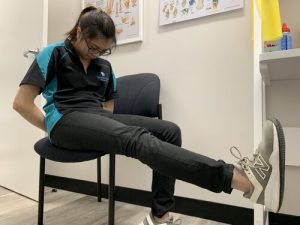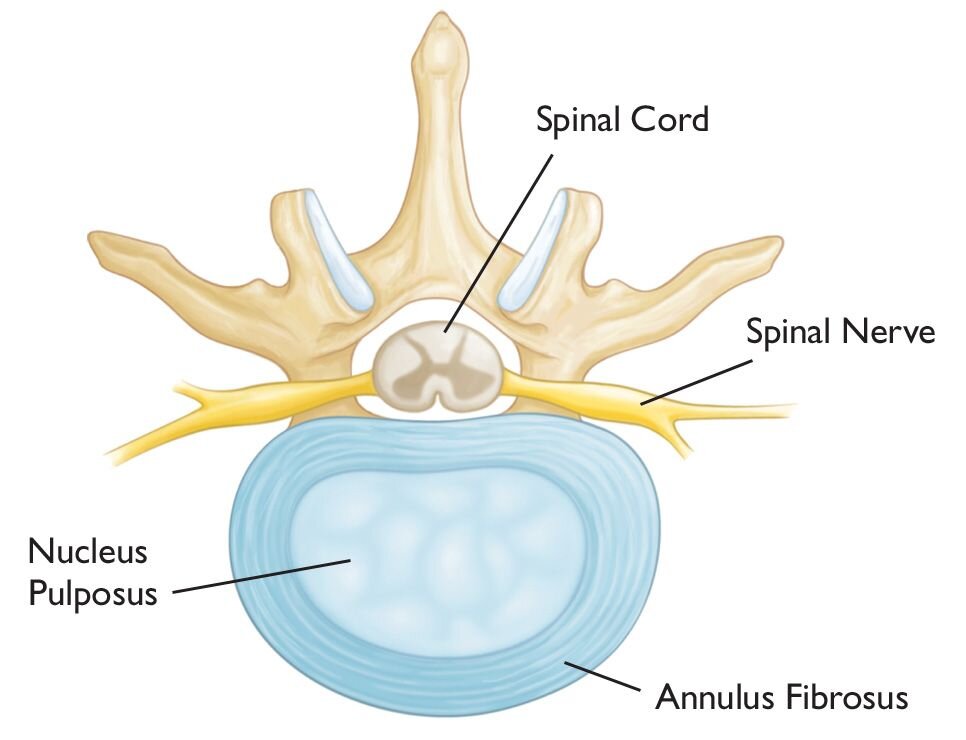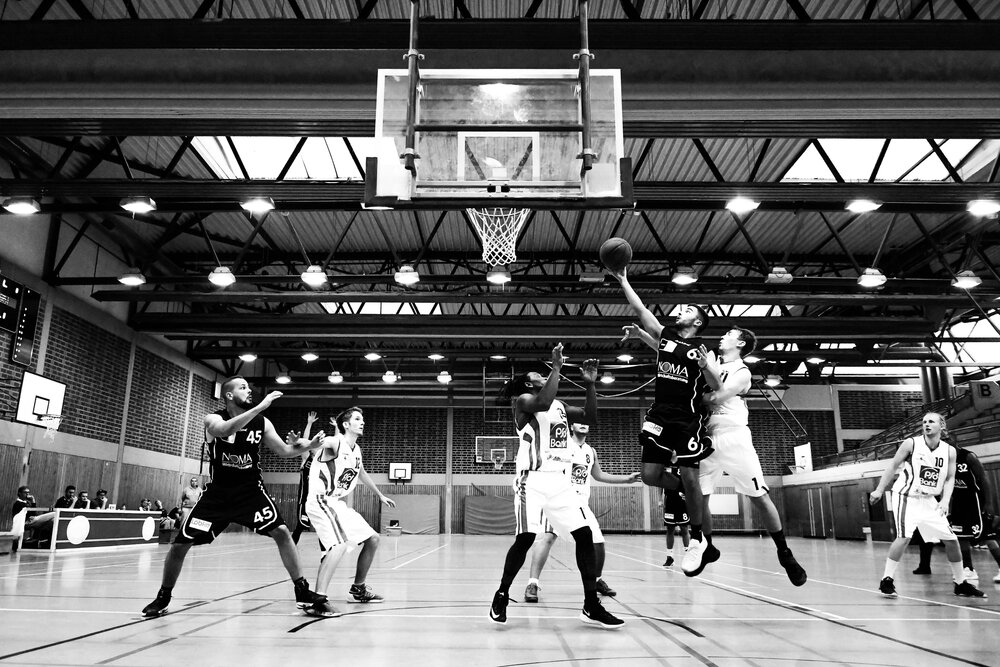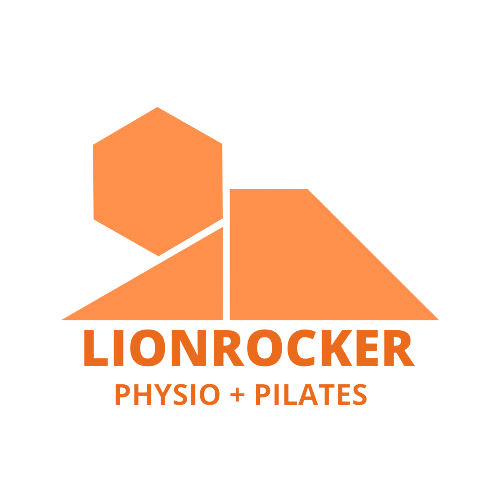FAQs
I have a pinched nerve, am I going to have it in the long term?
 No, if it is managed properly.
No, if it is managed properly.
A ‘Pinched nerve’ represents the nerve reaction at the time. This can be due to constant irritation by either a structural or chemical pressure, leading to increase of mechano-sensitivity of the nerve.
When the nerve is sensitised or very sensitive, it is possible to give out referring symptoms either your arms or legs from neck or lower back spine.
Initially, it can start off just with constant referring dull ache. Next stage could evolve into constant or intermittent pins and needles feeling or numbness sensation. If in worse scenario, it can even reproduce some weakness, affecting your normal daily activities.
 But because it is a nerve sensitivity problem, we can reduce symptoms by reducing the overall sensitivity, and that can HELP us in relieving symptoms.
But because it is a nerve sensitivity problem, we can reduce symptoms by reducing the overall sensitivity, and that can HELP us in relieving symptoms.
To relieve the symptoms, our physiotherapists can help you with manual techniques, joint mobilisation techniques, and nerve floss exercises to reduce its sensitivity. By practicing these exercises regularly, this should help in reduction of referring arm or leg pain symptoms in the long term management.
 If still unsure with your diagnosis, or your symptoms are not improving, speak to one of our friendly physiotherapists today!
If still unsure with your diagnosis, or your symptoms are not improving, speak to one of our friendly physiotherapists today!
I have a 'slipped disc', am I going to have long term back pain?
No.
‘Slipped disc’ is very commonly heard or used. But it does not actually mean that the disc is ‘out of place’.
It usually refers to part of the ‘jelly substance’ between disc, which is composed of ‘Nucleus pulposus’ + ‘annular fibrosus’.

When the nucleus pulposus is mechanically compressed, it could irritate surrounding lumbar structures and produce strong sharp pain locally, or even referring symptoms in legs or feet. In severe cases, it can reproduce numbness or tingling and altered sensation.
This ‘jelly substance’ normally performs shock absorption as we weight bear and walk in daily activities.
Although the ‘jelly substance’ between the disc is being compressed, it normally could resolved itself about 8 months to 1 year timeframe, even without getting any treatment.
Physiotherapy Management
In physiotherapy, we can help with relieving some symptoms that is sensitised by the ‘pushed jelly substance’ into your lower back/ referring leg symptoms. We are also able to provide strengthening program of lower back/ gluteal muscles and legs at the same time. We are not able to ‘pushed’ or ‘fixed’ the substance back into place physically. With physiotherapy input, we will be able to manage symptoms much easier in your daily activities.
If you think the above similar symptoms yourself, book in and speak to one of us today!
How can physiotherapy help if I sprained my ankle?
We can help in major symptoms relief and provide ankle stability for initial acute inflammation phase.
At Lion Rocker Physio, we provide:
- Therapeutic ultrasound machine
- Strategies to manage acute inflammation phase
- Compression
- Rocktape/ strapping strategies
- Management advices.
We usually will follow up with clients in 1-2 weeks time, to ensure they do not fall into the ‘recurrent ankle injury’ or ‘chronic ankle instability’ category.
We strive to provide the best care to our clients in managing their conditions with minimized alteration in most daily activities.
I have a history of multiple ankle sprains. How can I prevent future sprains?
Recurrent ankle sprains often happen due to the laxity of ligaments after each sprains.
Over time, it might develop into, what we called, ‘Chronic ankle instability’.
Chronic Ankle Instability
Chronic ankle instability refers to multi-episodes of ankle sprains, which causes unsteady ankle positions on dynamic movements. Usually people will find difficulty to jump and land with confidence. And at times, they might fall or trip over to sideways when performing jumping or hopping tasks.
Subsequently, it increases the chance of re-spraining ankle.
Common dynamic (jump and land) ankle injury
Physiotherapy Treatment & Management
Our physiotherapists will first test the ankle static and dynamic balance, to determine the ankle’s proprioception, postural control, and muscle reaction time.
Afterwards, we are able to tailor exercise programs and strategies based on your ankle assessment results, to retrain and re-strengthen the corresponding ankle or foot muscles. We are also able to target rehabilitation towards certain sporting activities, ie. basketball or AFL or volleyball.
This will help you provide the stability that ankle requires, and effectively prevent future sprains.
Book in to speak to one of us today to get more professional opinions.
When can I return to sports post-pregnancy?
General guideline is around 3-4 months post-pregnancy.
But parameters could change depending on the type of sports you are looking to return into, or the weight and loading of sports activities, or the frequency of performing activities. It is the best to seek professional opinions to decide the appropriate and safe pelvic floor exercises at different stages.
Speak to Ping, our Women’s Health specialised physiotherapist, for specific assessment and plan out how to return to exercises.
Women’s Health Physiotherapist
Our clinic offers FitMUM and StayFIT program that can ensure safe and effective return of normal activities ante-natal and post-natal over the course of 3 years!
Check out more below of our FitMUM and StayFIT membership details!
Can physiotherapists treat vertigo/ spinning type of dizziness?
Yes. We can treat vertigo.
The most common cause of vertigo is BPPV (Benign Paroxysmal Positional Vertigo), and vestibular dysfunction. Both conditions can be treated by physio.
What causes it?
It is a disorder caused by imbalanced of fluid in our vestibular system, which is also known as our inner ear system. The imbalance could be caused by a ‘crystal’ blocking the normal flow of fluid in our inner ear system. Therefore, leading to increase of spinning type of dizziness.
What is vestibular system for?
Vestibular system is very important as it is responsible for all positional and proprioception of our body, deciding the balance point in various positions. For instance, counteracting body balance when walking on uneven surfaces, walking with a lot of dynamic or directional changes, or walking in crowded environment.
How do we treat them?
We can provide various manual manoeuvres that can dislodge and speed up normal fluid flow in our inner ear system.
Afterwards, we will provide balances exercises to stimulate our system again. These will improve the equilibrium and desensitise the abnormal symptoms and dizziness. These treatments are usually effective and can expect to within 1 week of resolving symptoms.
If our physio identified more complicated causes, we will refer you on medical doctor for further test and management.
To find out more, book in an appointment with us and speak to one of our friendly physios today!
Do I need a referral to see a physiotherapist?
Nope.
All private health insurance or no private health insurance patients, can simply book in online with us to see a physiotherapist.
Our physiotherapists are able to determine whether you require further medical care after thorough assessments.
Exception:
However, if you seek to use the Medicare Chronic Disease Management plan, then you are required to obtain a GP referral to see physiotherapists.
Click below to view options of Medicare Bulk-Bill Membership Plan.
How much exercise do I need?
In the beginning of every year, I tell myself and all my patients to set fitness goals to improve our general health. The question coming back at me is always, how much exercise do I need?
I have a feeling of that many people desired to start a healthier lifestyle and to pick up an exercise or two. However, it is not always to case that we know what and how much should we do. So, here comes the ultimate guide our physiotherapist developed on exercises.
The National Guidelines
The Australian Government developed the national exercise guidelines stipulated how much and what type of exercise is required to maintain a healthy life. The guidelines suggest a healthy person aged 18-64 accumulating 150 to 300 minutes of “moderate intensity” physical activities, or 75 to 150 minutes of “vigorous intensity” exercise, per week.
The guidelines also recommended muscle-strengthening exercises at least 2 days each week.
This means every week, we should be doing:
- 2.5 hour to 5 hours of moderate activities; or
- 1 hour and 15 minutes to 2.5 hours of vigorous intensity exercise
- 2 session of weight training exercises
In fact, this is the minimum recommended amount of exercise, ideally you would want to do more than this amount.
For other age groups or people with health condition, different guidelines do apply.
What type of exercises
Now we know how much exercise we have to do every week, but moderate and vigorous physical activities sounds rather ambiguous. Patient of mine has been asking this question as well over and over again. What is moderate and vigorous exercise? I have the answer for you.
There are a few different ways to define the levels of exercise intensity. In clinical setting, we can measure MET, heart rate, VO2 max and RPE to get an objective measurement. For example, 55% – 70% of a person maximum heart rate represents moderate exercise, while 60% – 85% denotes vigorous physical activities.
How to calculate Max Heart Rate
Max heart rate is heart rate relating to your age. Simple use this formula to know you max heart rate.
220 – (your age) = Max heart rate
For example, if you are 40 years old. You subtract 40 from 220 to get a maximum heart rate of 180 beat per minute.
As a result, moderate physical activities equals to 55% – 70% of 180 beat per minute while vigorous exercise is 60% – 85% of 180 beat per minute.
Moderate exercise for person 40 of age = 99 – 126 beats per minute
Vigorous exercise for person 40 of age = 108 – 153 beats per minute
How to monitor my heart rate?
With sports watches gaining popularity, monitoring your heart rate becomes easier. Fitbit and Apple Watch have the function of monitoring heart rate. You can monitor your heart rate during the course of exercise or go back to the report and track your heart rate.
Without technologies? You can still check your heart rate the old fashion way. Find your radial pulse on your wrist (close to your thumb side), count the number of beat over a period of 30 seconds and then multiply it by 2.
For example, you have 60 beats in 30s. Your heart rate will be 60 multiply by 2, which is 120 beat per minutes.
Is there other way to know my exercise intensity?
If you don’t have the technology and don’t want the fuss of counting the pulse, you can still get away by this method. This method is easily implemented just by monitoring your breathing.
Moderate activities: If you can breath and maintain conversation with some effort, it means you are effectively doing moderate exercise
Vigorous Exercise: When you puff and pant during exercise, or when you start to breath harder than normal.
What are some example exercise?
After all the talking, we haven’t actually known what to do. Let’s me show you some examples.
- Moderate intensity
- Brisk walking,
- Cycling,
- Pilates,
- Dancing,
- Social sports, such as basketball, tennis
Vigorous physical activities:
- Cross-training
- Fast cycling
- Jumping robes
- Competitive sports
Check out this link to see more exercise options.
If you do your maths, it will make sense that why physiotherapist and doctors recommend you to go for a 20 minutes walk every day. It helps you to meet the absolute minimum amount of exercise you need for the week. What about doing more?
Strengthening exercises
Don’t forget to fit in your muscle strengthening exercises 2 times every week.
The National Guidelines for exercises do recommend 2x weekly strengthening exercises. This includes lifting weight and also body weight exercises.
Of course, you can hit the gym and do your weight lifting routine. But for those who do not have the interested to share a sweaty air in a confined space, you can get away by doing simple body weight exercises at home.
Final message
We all know maintaining an active lifestyle, but it is about implementing. It might seems like a huge leap to match up with the recommended exercise volume. Why not to start little? Now pick up your diary, block out 5 minutes everyday just for a small walk, or practicing body weight exercise, or walk you dog, literally anything! Get your bum off the chair and start moving.
Written by Ronald Yip, Physiotherapist
Is dry needling safe?
Yes, they are safe to be performed by qualified professionals.
Dry needling is additional qualification for physiotherapist and other health professional to incorporate into all-rounded treatment. This is a highly effective treatment technique to improve the tightness and tone in the muscle and reducing pain experienced by patient.
At Nicholson Road Physiotherapy, we see dry needling as the westernised way of acupuncture which targeting local area. It serve to improve the integrity of the local structures, like muscle, tendon and ligament. The rationale of dry needling is quite different comparing to the traditional acupuncture, which focus on the body system and the flow of ‘chi”.
Our physiotherapists onsite are also qualified dry needling therapist.
We will check to ensure dry needling is appropriate for you before we perform our treatment. Some example of people who are not appropriate for needling includes:
- In a patient with needle fobia.
- Patient unwillng – fear, patient belief.
- Unable to give consent – communication, cognitive, age-related factors.
Over an area or limb with lymphedema as this may increase the risk of infection/cellulitis and the difficulty of fighting the infection if one should occur.
After needling, you might experience mild side effects for short period of time. For instance, you might feel slight increase of acheness/ mild bruising 1-2 days post treatment in the applied area. But they normally ease off after 2 days maximum.
Besides these minor effects, dry needling is very effective in releasing any muscle tension/ tightness spots. We have had great patient feedback already so far.
If you are also interested today, gives us a buzz today and speak to one of us!
Is dry needling same as Chinese Acupuncture?
No. They are different.
In dry needling, it focuses more on the relaxation and twitching of muscles. It is a very effective when treating very tight or tender muscles, providing instant relieve and release of muscle fibres. The applied needle directly goes between the tender part of muscles fibres and releases the tension point on a tissue level.
For instance, a client came in with very tight calves after a run. The physiotherapist chooses to apply dry needling. Through very tight muscles fibres, client might experience a few muscles twitches during needling, no pain though. But after 5 minutes, as we remove the needles, the muscle fibres have been ‘reset’ and tension is released!
All our physios can perform dry needling as part of a multi-modal treatment.
On the other hand, Traditional Acupuncture acts on a body system level. It has the emphasis on the flow of “chi” in the meridian system hence to improve symptoms and facilitate healing.
Our physiotherapist, Ronald, is completing further study into Chinese acupuncture. In no time, he will become a Traditional Chinese Medicine Doctor. Meanwhile, he will incoperate ideas from traditional Chinese medicines into his physio practice to improve your outcomes.
I have injured myself, how long does it take to recover?
I have injured myself, how long does it take to recover?
Structures of your body recovery at different rate.
- Muscle 2 weeks to 3 months
- Tendon 4 weeks to 3 months
- Ligament 2 weeks to 2 year
- Bone 5 weeks to 3 months
It is also important to understand the extend of injury to determine the prospective time frame. At NRP, our physios will be able to assess and tell you how long until you can go back doing what you love.
Physios will also outline the treatment plan including what we can do and what you need to do over the course of recovery.
As physios, we hate seeing people re-injure themselves as they drop out of treatment while they haven’t completely recovered. So, we offer FIX ME UP program, which offers you $40 physio consult and $30 exercise class so you can focus on your rehab while saving your wallet.
